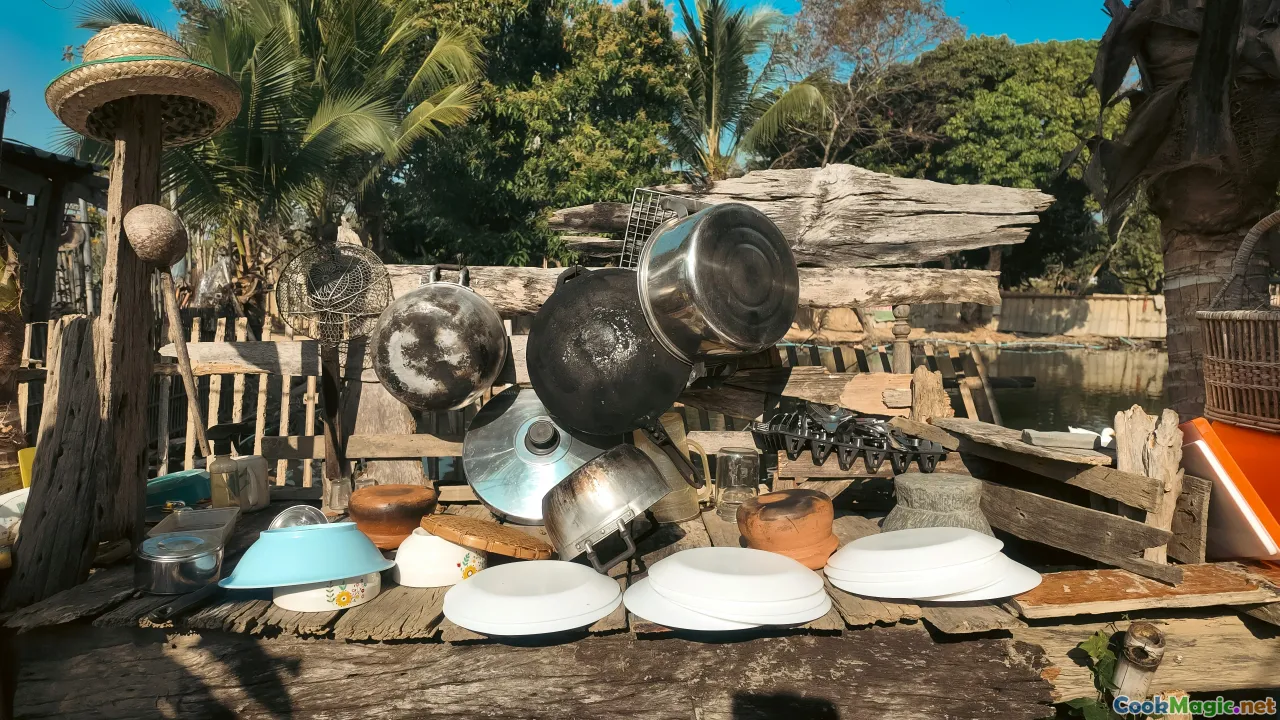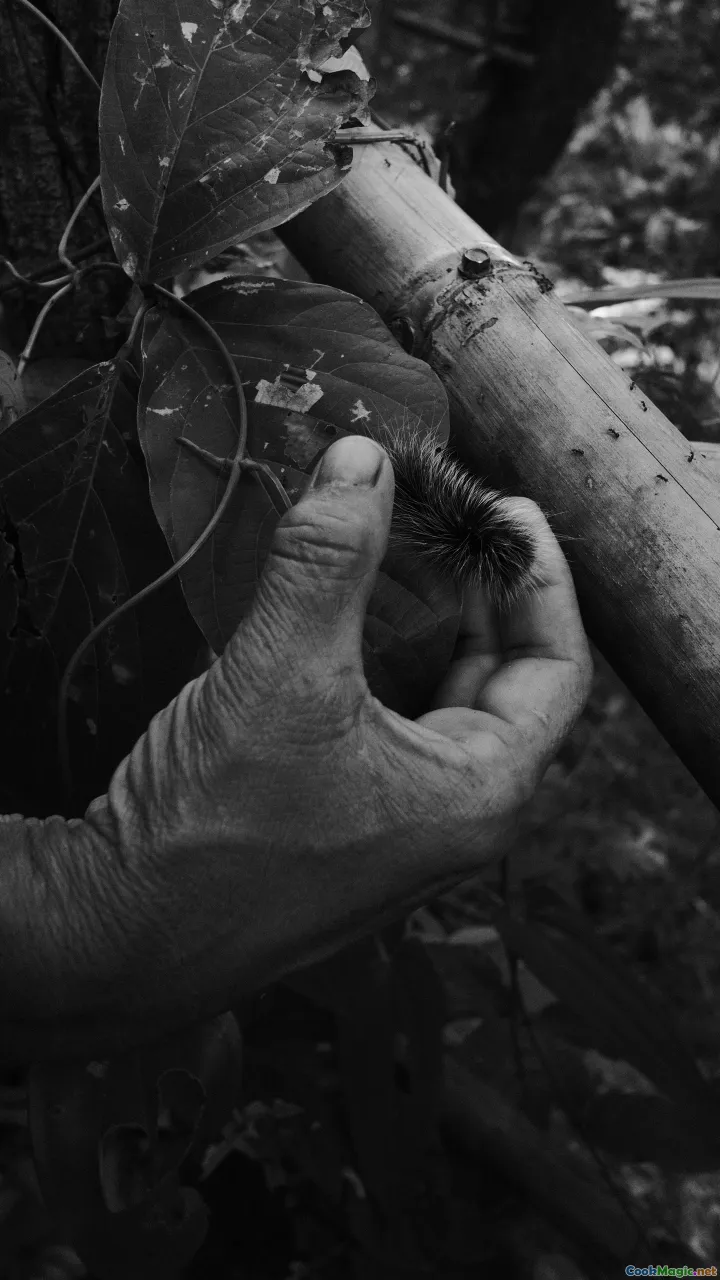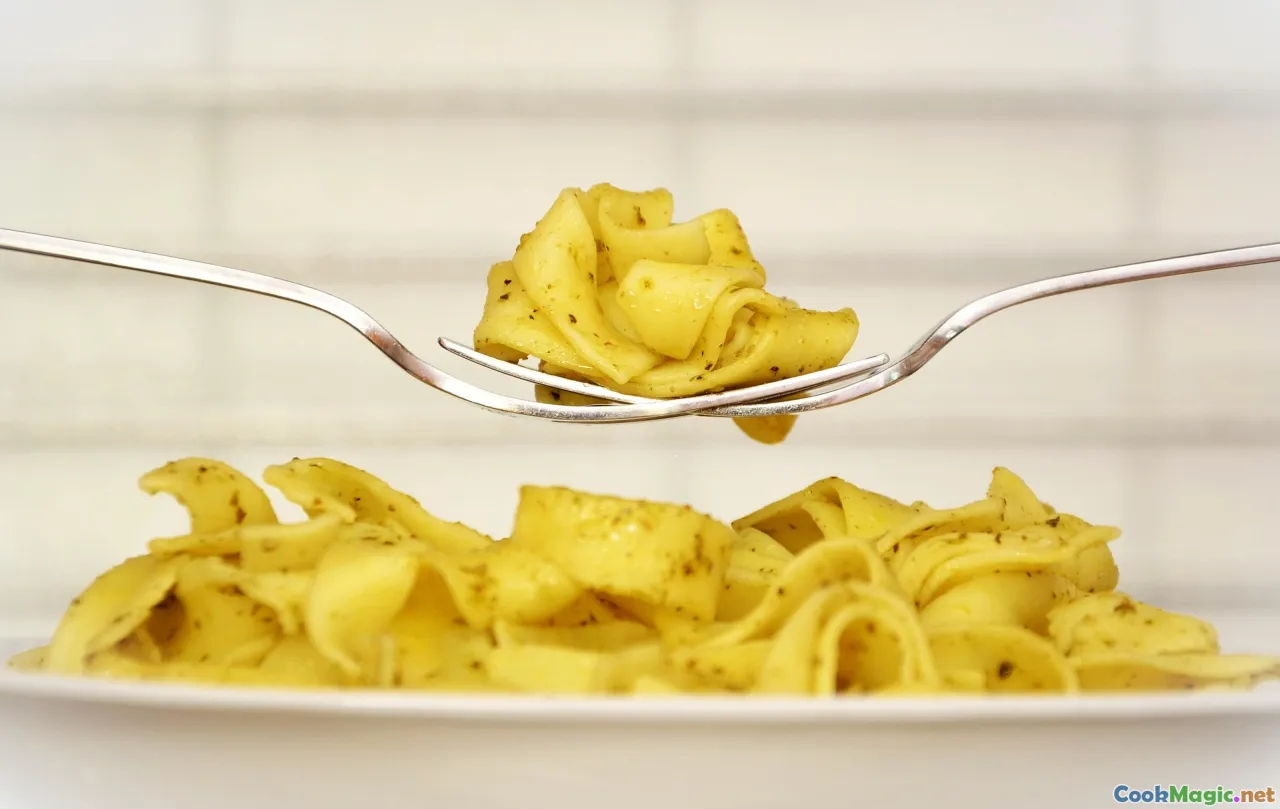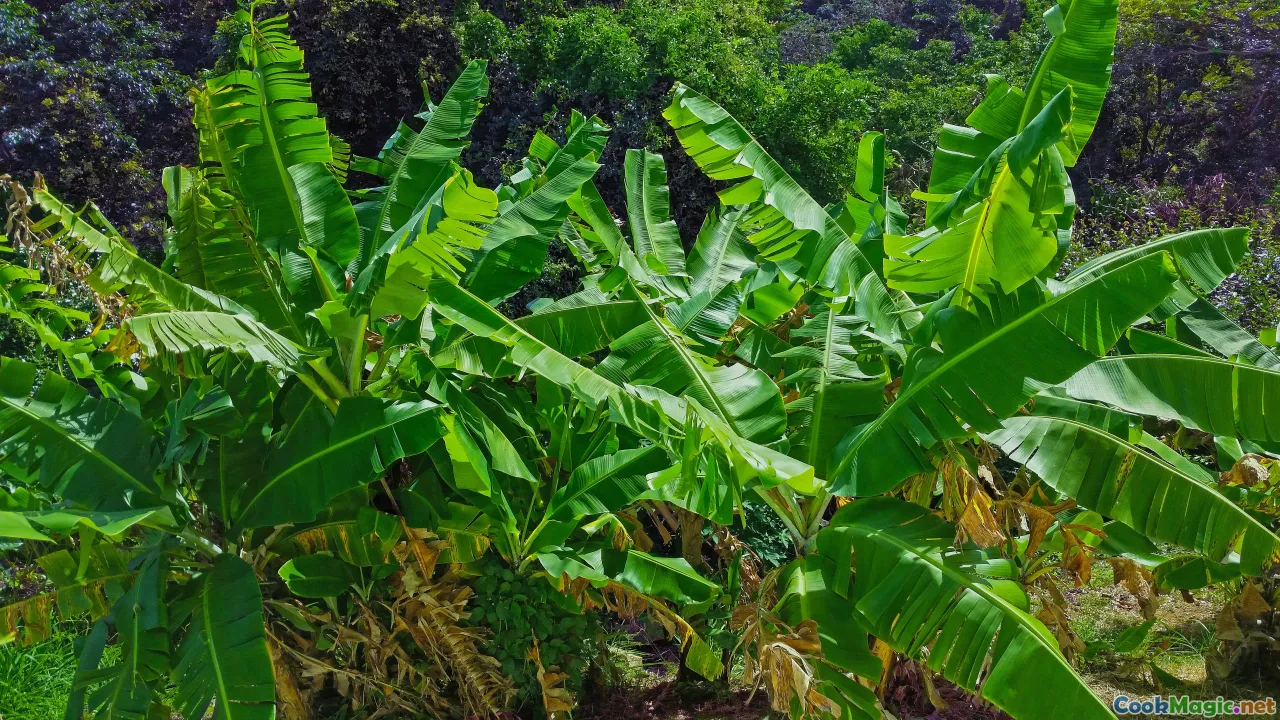The Role of Kava in Vanuatu Culinary Traditions
11 min read Explores the cultural significance and traditional preparation of Kava in Vanuatu's vibrant culinary heritage. September 28, 2025 00:05
The Role of Kava in Vanuatu Culinary Traditions
Imagine walking into a rickety, open-air ‘nakamal’—the traditional gathering space—and being greeted by the earthy, musky aroma that immediately grounds you in the heart of Vanuatu. The air hums with anticipation, punctuated by low, melodious conversations and the rhythmic tapping of shells or cups. Amidst this vibrant sensory tapestry, one ritual stands out: the preparation and shared drinking of kava—a botanical emblem that weaves through Vanuatu’s social fabric, cultural identity, and culinary tradition.
In Vanuatu, kava is more than a drink; it’s a conduit connecting generations, a medicine, a social binder, and an integral ingredient subtly woven into food and ceremonial dishes. To truly appreciate the role of kava, one must delve into its roots—both botanical and cultural—and explore its intricate dance with the islands’ cuisine.
The Botanical Essence of Kava

Kava, scientifically known as Piper methysticum, is a woody, evergreen shrub native to the Pacific Islands, with Vanuatu being prominently recognized for its deep-rooted kava traditions. The plant’s gray-brown, gnarled roots are esteemed for their potent psychoactive properties. Harvested carefully by traditional methods, these roots are washed meticulously to remove dirt and minor impurities, then sliced into fine pieces or pounded into a paste, releasing a rich, earthy fragrance.
The preparation process involves a unique blend of footwear and patience—grinding the roots with a wooden stick or traditional stone pestle until they reveal their potent, tannin-rich essence. The resultant slurry is then mixed with water—often in enormous bowls called tanoa—creating a cloudy, muddy liquid that’s central to social and ceremonial life.
The flavor profile is distinctively earthy, with a subtly bitter, peppery warmth that tingles the senses. Its texture is gritty yet smooth, as the liquid settles and can be strained or consumed directly from the kava bowl. Serving and drinking kava is as much about the ritual as the beverage itself, embodying a sense of community and reverence.
Kava’s Throbbing Heart in Social and Ritual Contexts

In Vanuatu, the consumption of kava is woven into nearly every aspect of social life, from casual gatherings to sacred ceremonies. The nakamal—a communal meeting space—serves as the focal point where villages convene to bond over kava, celebrating milestones, mediating disputes, or simply unwinding after dawn’s labor.
The process is an art form: elders or seasoned kava drinkers, known as kava hosts, meticulously prepare the brew, often adding banana leaves or other local herbs to mellow its potency or enhance flavor. When served, it’s customary to pass the bowl clockwise, creating a shared experience that strictly adheres to local protocols—avoiding misunderstandings and fostering unity.
At these gatherings, the act of drinking kava is imbued with emotional resonance—stories are exchanged, jokes shared, histories retold—all set to a rhythm of gentle claps, song, and dance. The ceremony reinforces kinship and respect, making the beverage a vessel for communal identity.
Kava-Infused Traditional Dishes: Culinary Integration

While kava’s primary role is as a beverage, traditional Vanuatu cuisine occasionally incorporates its essence into dishes, lending a distinctive earthy depth reminiscent of the Pacific’s abundant landscape. Several traditional recipes subtly integrate kava, either through marinade, infusion, or as part of side preparations.
Kava-Infused Tubular Banana Fufu
A classic example is the Kava-Infused Banana Fufu—a soft, sticky mixture of mashed plantains or bananas, flavored with a hint of kava essence. After gently pounding boiled plantains, the mash is mixed with a small amount of brewed kava, which imparts a subtle aroma and a slight bitterness that complements the natural sweetness.
Kava-Infused Fish Curry
In coastal villages, freshly caught reef fish are often cooked in a rich coconut curry infused with a splash of kava water. This infusion imparts an earthy undertone to the vibrant, spicy broth, elevating the dish with a unique Pacific character. The subtle bitterness balances the heat of chili and the richness of coconut milk, creating a harmonious blend.
Kava-Seasoned Leaf Wraps
Traditional leaf wraps, filled with minced meats, taro, and root vegetables, are occasionally flavored with a marinade containing cooled, brewed kava, adding complexity to the rustic flavors, and forging a culinary link to the island’s traditions.
Kava’s Cultural Significance Beyond the Plate

Beyond its culinary uses, kava embodies Vanuatu’s cultural values—respect, social cohesion, and spiritual connection. During important ceremonies such as the manda (welcome ceremonies), bride price negotiations, or crypt ceremony, kava acts as both a ritual purifier and a social equalizer, bridging social strata and reinforcing community bonds.
In indigenous storytelling and dance, references to kava reinforce ancestral ties. Elder storytellers often depict kava as a gift from the deities, its roots embodying strength and harmony bestowed upon the people. Music and dance performed during kava ceremonies are expressive acts, often involving rhythmic drumming, repetitive chants, and movement that mirror the deep, grounding qualities of the beverage.
Living and breathing through generations, these cultural practices have sustained the islanders’ identity amidst modern influences, ensuring kava continues to be a symbol of sovereignty, tradition, and unity.
Sustainable Practices and Modern Challenges

As global demand for kava has increased, concerns about sustainable cultivation and cultural preservation have risen. Traditional harvesting methods emphasize respect for the plant’s lifecycle, ensuring roots are replanted and fields are rotated to prevent erosion and depletion.
Modern farming techniques in Vanuatu focus on organic practices, emphasizing the importance of maintaining the plant’s potency without chemical fertilizers. However, modernization also brings challenges—overharvesting, land conflicts, and the commercialization of kava can threaten its cultural integrity.
Organizations and local communities work collaboratively to develop sustainable practices, incorporating traditional knowledge with scientific methods. Initiatives promoting fair trade, education, and conservation help balance economic growth with ecological stewardship.
Tips for Experiencing Kava Authenticity in Vanuatu
- Visit a Local Nakamal: To truly understand kava’s cultural role, participate in a traditional nakamal gathering. Observe the rituals, savor the earthy flavor, and engage with the locals.
- Learn the Preparation: Witness or try the traditional preparation—milling the roots, mixing with water, and passing the bowl in a respectful sequence.
- Sample Local Dishes: Taste kava-infused foods like banana fufu or fish curry, if available, and notice how kava's earthy notes complement Pacific ingredients.
- Respect the Protocols: Kava drinking has specific etiquettes—avoid rushing, be polite, and share stories or compliments to honor the tradition.
- Support Sustainable Practices: Choose local, sustainably cultivated kava products to help preserve the cultural and environmental heritage.
Embracing the Spirit of Kava
Kava is more than a beverage; it is a living cultural emblem in Vanuatu—a symbol of bonding, tradition, and resilience. Its earthy aroma awakens memories of ancestral lands, its ceremonial use strengthens communal ties, and its subtle bitterness reminds us of the islanders’ perseverance.
As you explore Vanuatu’s vibrant culinary landscape, let the humble kava root inspire an appreciation not just of unique flavors but of a way of life rooted deeply in harmony with nature, community, and the spirit of the Pacific. Whether shared around a glowing fire in a remote village or served during a lively celebration in Port Vila, kava’s enduring presence invites us to slow down, reflect, and connect—truly tasting the soul of Vanuatu.









